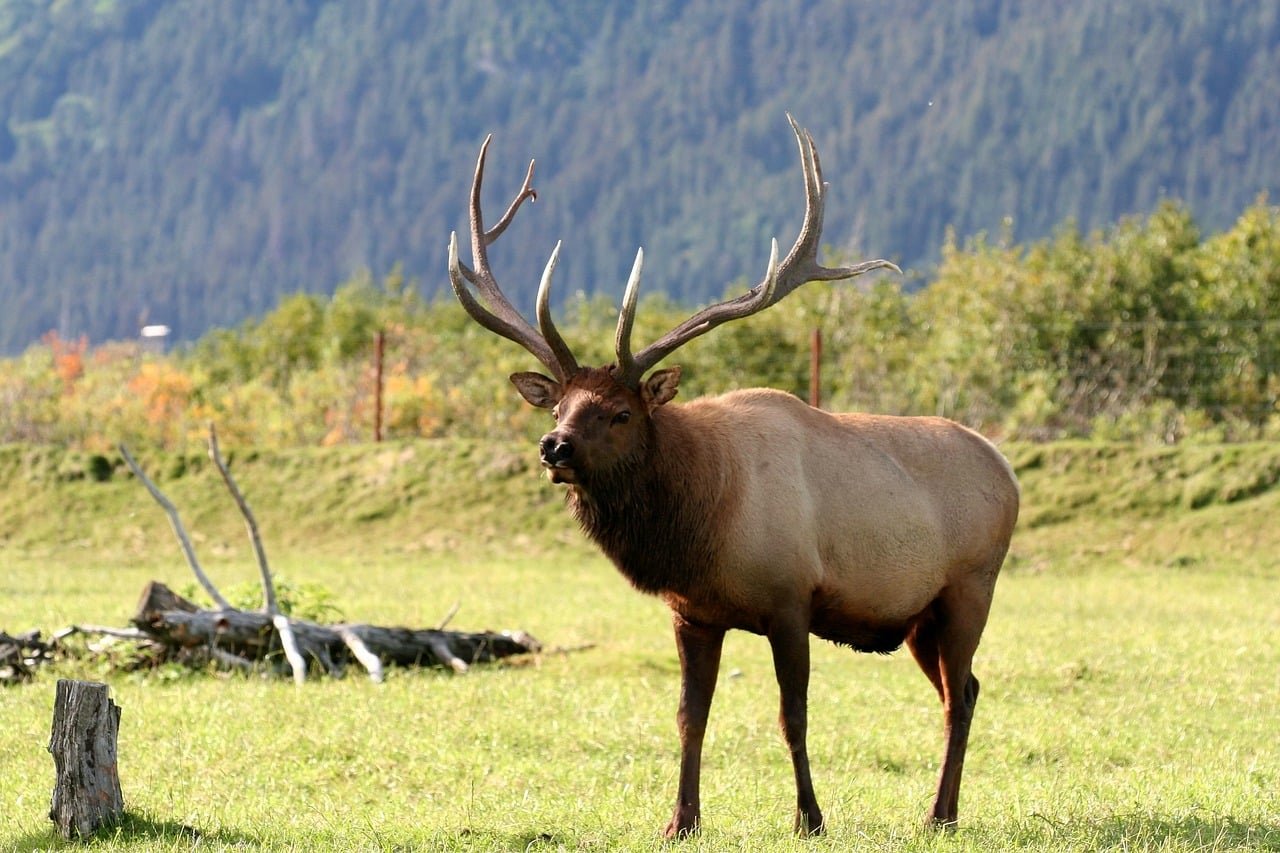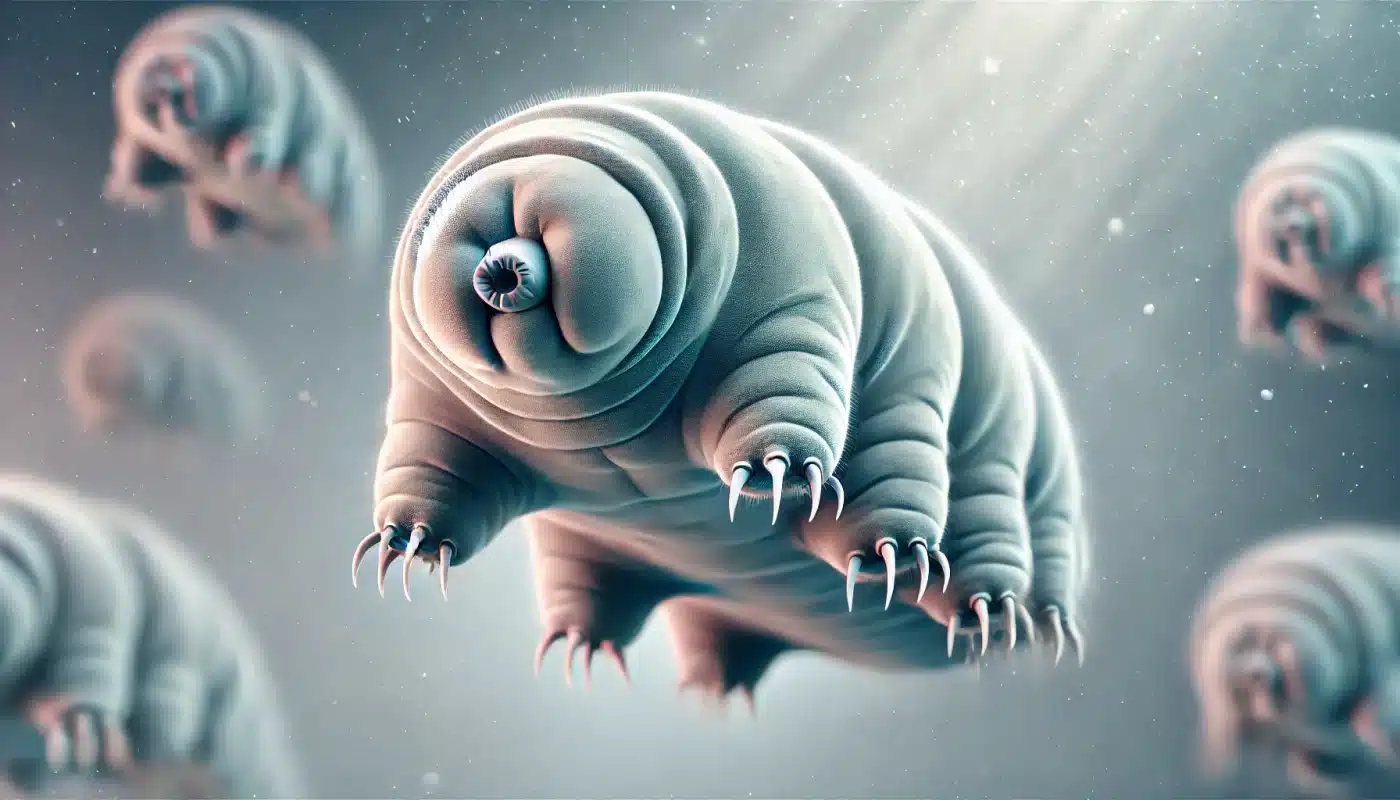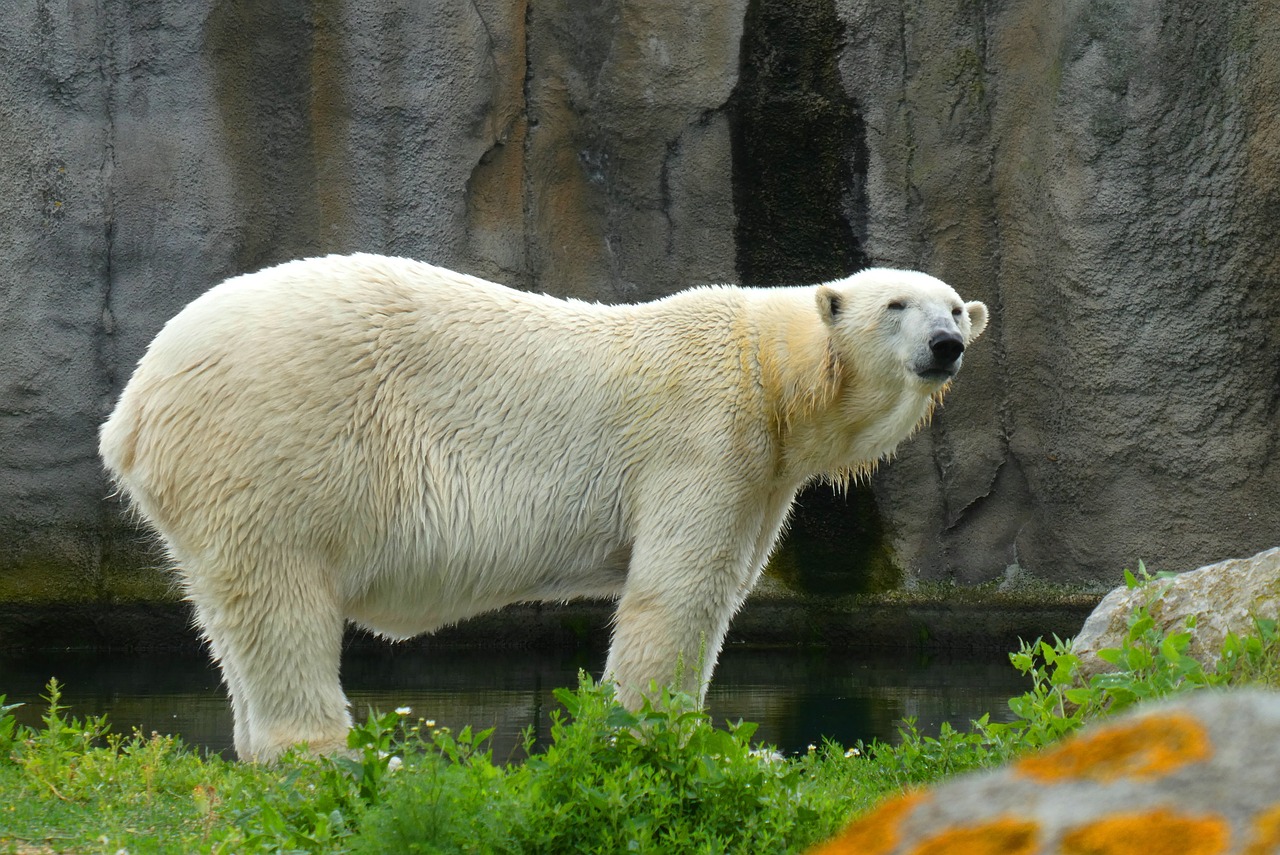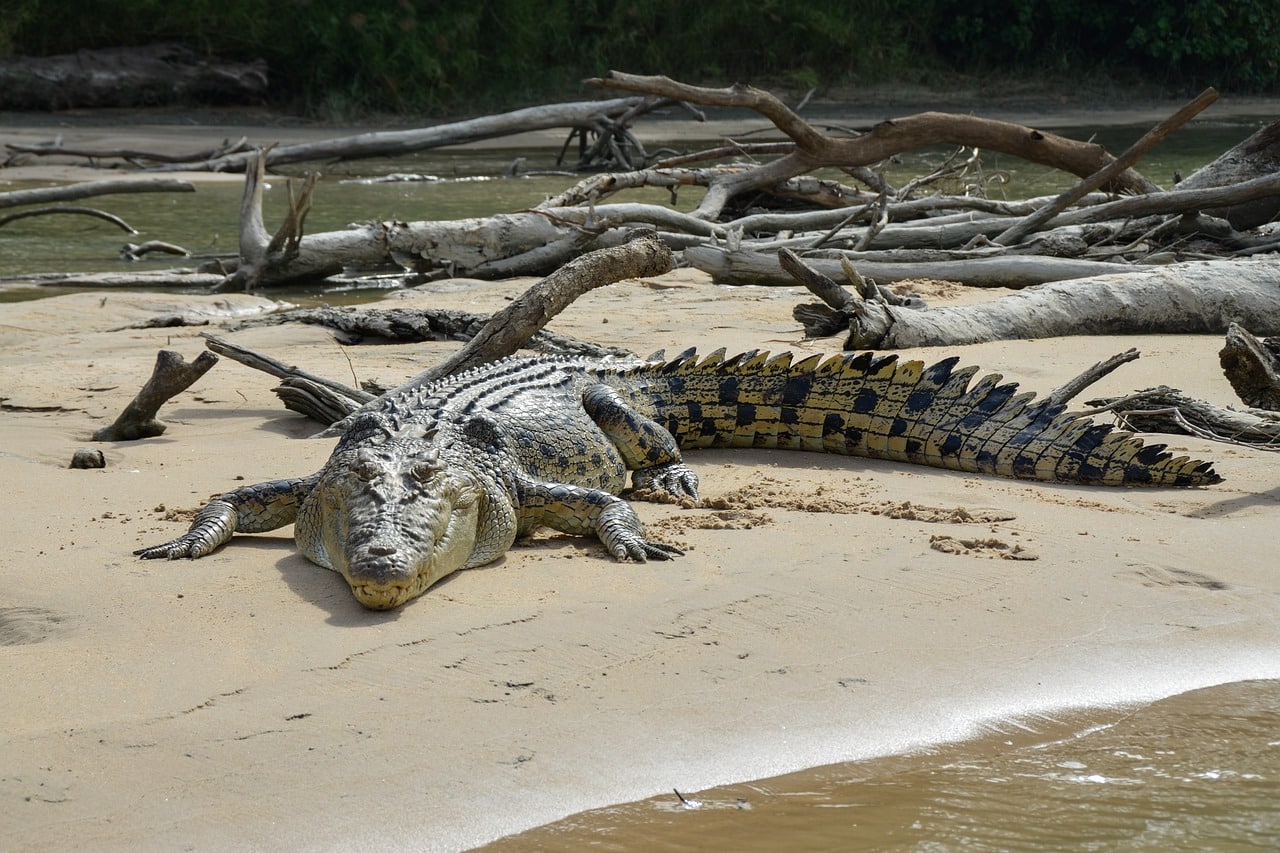Physical Address
304 North Cardinal St.
Dorchester Center, MA 02124
Physical Address
304 North Cardinal St.
Dorchester Center, MA 02124

 Shutterstock
Shutterstock
Some of the solid animals in the world are also the most remarkable. With unique adaptation, these species are successful in the extreme environment where most of the forms of life fight to survive. Highlights significant elasticity of their ability to tolerate strict conditions. The true example of survival of these animals, shows how evolution has just decorated them to survive but can achieve success in the most challenging situation of imaginable. Their existence shows the power of adaptable and the wonder of the natural world.
 Shutterstock
Shutterstock
Tardigrade, also known as water bear, is a microscopic animal that can survive in almost anything. They can withstand extreme temperatures from the final zero to 150 degrees centigrade. These small animals can even tolerate radiation and space vacancies. They entered a state called cryptobosis and achieved this survival, where they dried and suspended all metabolic activities, allowing them to survive in situations for years that would otherwise be fatal.
 Shutterstock
Shutterstock
The snow leopard is fully adapted to the Mountain Range of the high-height mountains with the ice and angry terrain. Their dense wool keeps them insulating against the frozen temperatures, while their strong legs and big bumps help them navigate to their erect, rocky cliffs. These big cats use the hunting hunters, using their great disguise and immediate victims in difficult situations. The ability to survive in such a harsh environment of the snow leopard, where food is rare and the temperature can be submerged, demonstrates significant elasticity.
 Shutterstock
Shutterstock
The camels are able to withstand the fifth survival of the desert, extreme heat and dehydration. Their long legs and padded legs prevent them from drowning in the sand and their hamps fat, which can be converted to water and energy when food and water are very low. The camels can go for a few days without water, thanks to the skill of storing liquid and controlling their body temperature. Their skills to adapt to a rigid climate in the world make their survival truly wonderful.
 Shutterstock
Shutterstock
Polar bears have become king of Arctic, surviving at temperatures that can fall to -50 degrees Fahrenheit. Their dense, insulating fur and a layer of fat under their skin protect them from their ruthless cold. Polar bears can also travel a long distance across artic ice water in search of strong swimmers and food. Despite the continuous threat of ice melting and shrinking houses, these glorious animals continue to achieve success in one of the most forgiving environment in the world.
 Shutterstock
Shutterstock
Yaks is the hardest animal that achieved success in the cold, high-height region of the Himalayas. Their dense fur coat keeps them warm at their temperature that regularly submerged under the frost and allow their large lungs to breathe in the thin mountain air. The yaks have developed to survive in the environment with little plant and a isolated food supply. These animals are not only an important source of maintenance for the local people, but also incredibly elastic, capable of ease to withstand extreme situations.
 Shutterstock
Shutterstock
Mountain goats are built to conquer the rigid, rocky terrain of the high mountains. Their powerful straw and powerful madness allow them to make almost vertical cliffs to make almost vertical cliffs, looking for food in places where some other animals can survive. Their dense coats provide insulation at frost temperatures and their agility helps their hunters avoid. The skill of achieving mountain goats in this national extreme environment is a proof of their adaptability and skills in navigating the most involuntary landscapes on the planet.
 Shutterstock
Shutterstock
The Arctic Tunder is perfectly equipped with reinde to survive cold and hard conditions. Their dense wool, which includes a dense undercoat, keeps them warm in the cold face. Reinde also has great swimmers and tolerance to move a wide distance in search of food. These animals have developed to manage the deficiencies of the articic wealth and are important for the survival of the indigenous people in this region, depending on them for food, clothing and transportation.
 Shutterstock
Shutterstock
Emperor Penguins are the largest and most elastic among all penguins rich in ice water in Antarctica. A layer of their thick feathers and fat keeps them insulating them against frozen temperatures, while their ability to engage together in large groups provides warmth. Emperor penguins can withstand strict winter months without fasting and depending on their fat reserves. Their extraordinary swimming skills allow their frigid to sink deep in the search of fish in Antarctic Water.
 Shutterstock
Shutterstock
Arctic Fox has created several unique adaptations to survive the extreme winter of Artic Tundra. Their dense wool coat provides insulation and it changes the color with ASONS Tuas to supply the camoflage. Their small, round ears help reduce heat damage, while their bush tail helps keep them warm at frozen temperatures. Arctic Fox is a perfect example of nature’s skills to survive in the world’s cool climate and to achieve success even with strict conditions.
 Shutterstock
Shutterstock
Salt water crocodiles are the final survival, which is able to enrich in both the saline water and freshwater environment. They provide protection from hunters to their strong, armored skin and they can go for a long time without food. Saltwater crocodiles are also expert swimmers, capable of traveling at a long distance from sea for food. They are one of the most terrifying and elastic animals on the planet, capable of tolerating and domination in a wide range of strict conditions.
 Shutterstock
Shutterstock
The Himalayas is a wild goat that has adapted to the Himalayas, high-high-high. Their dense coats help them to avoid the strict cold, while their strong straw allow them to scale their steep, rocky cows. The Himalayan Tahrars are great mountaineers, making it possible for them to find food in high-high plants. The ability of these animals to tolerate and navigate the extreme mountain environment shows their incredible elasticity and adaptability.
 Shutterstock
Shutterstock
Sea turtles are highly elastic animals that can survive different types of seas. Their dense, protective shells protect them from their hunters and they are able to diving in search of food. The turtles of the sea are known to move several thousand miles over the sea, tolerate extreme situations on the way. They are able to withstand fluctuations at water temperatures, allow them to improve in the ocean with constantly changing climate.
 Shutterstock
Shutterstock
Great White Sharks are one of the most powerful animals in the sea that is capable of enriching lesser cool water than 10 ° C. These top hunters have a unique ability to control their body temperature, so they allow them to remain active in the pepper water. Their strong bodies and sharp teeth make them skilled hunters and they can travel several thousand miles over the sea, tolerate the situation of the sea. Great white sharks built for survival and domination in several extreme environment in the world.
 Shutterstock
Shutterstock
Red kangaroos are built for the life of Australian outback, one of the rigorous environment in the world. Their strong back legs allows them to travel in a long distance in search of food and water and provide insulation against both the intense heat of the outback and the cold of their thick wool. Red kangaroo is capable of adjusting their body temperature to avoid extreme heat, they decorate the climate of the burning desert.
 Shutterstock
Shutterstock
Palas’s cats, the cold, dry region of the Central Asia, the local local, wool, developed the dense coat and adapted to the extreme environment. Their round, flat face and short legs help them to preserve heat, while their lonely nature allows them to survive in a harsh, rare habitat. These cats are capable of hunting, the most apologetic situations. Their extraordinary adaptation allows them to achieve success in the regions, including minimal resources and extreme temperatures.
 Shutterstock
Shutterstock
These animals prove that the elasticity of nature knows no limits. Most other environments are developed to tolerate their extraordinary adaptations that allow apparently to survive in populated situations. If these animals can achieve success in this national extreme environment we will definitely learn one or two things about overcoming challenges. They stand as a champion of survival, prove that nothing is impossible with the right characteristics and view of the determination. Their ability to conquer strict conditions is proof of the incredible power of their adaptation and perseverance.